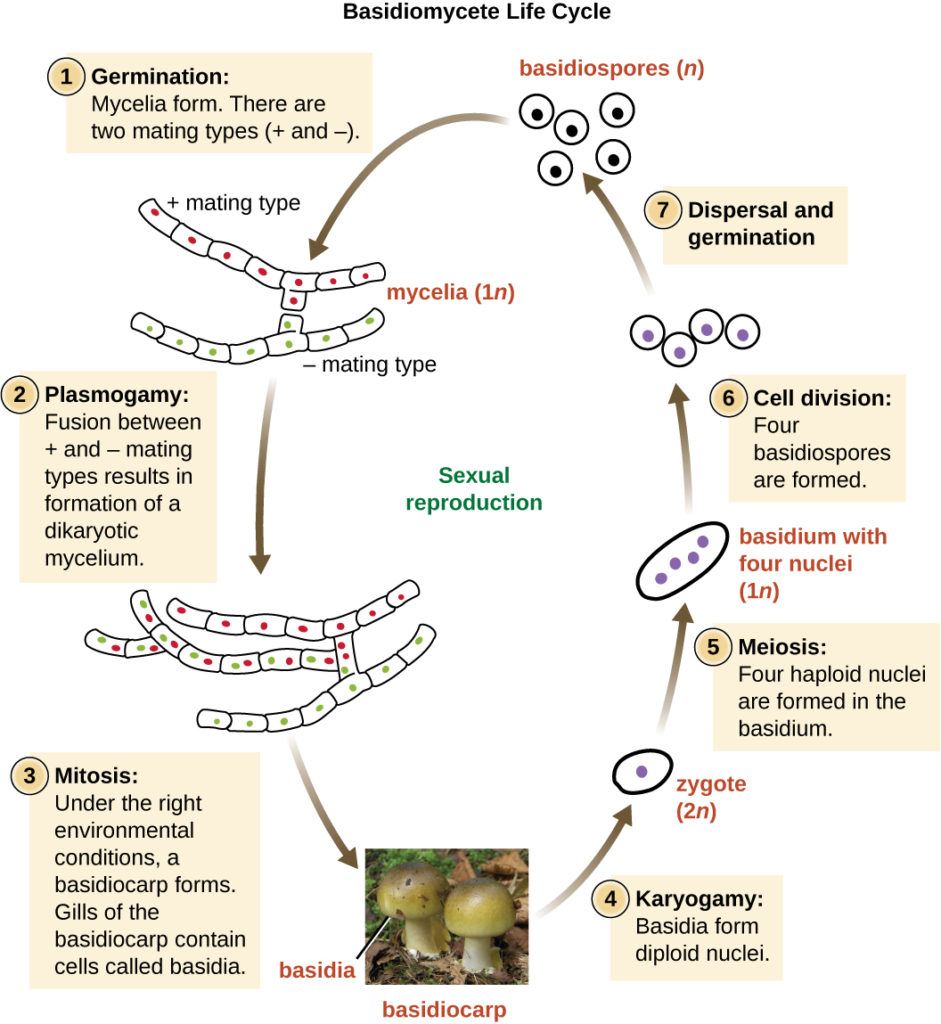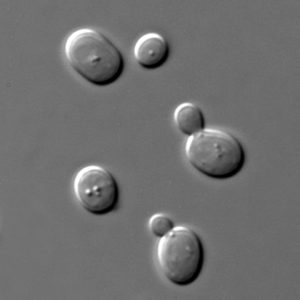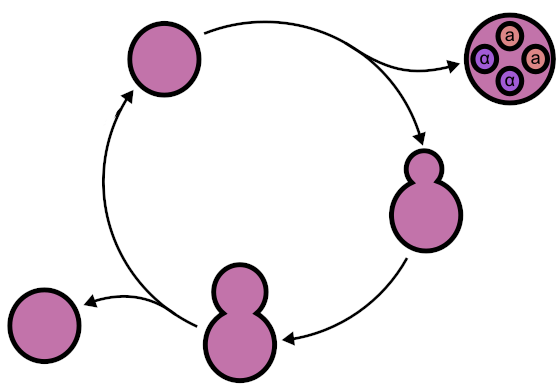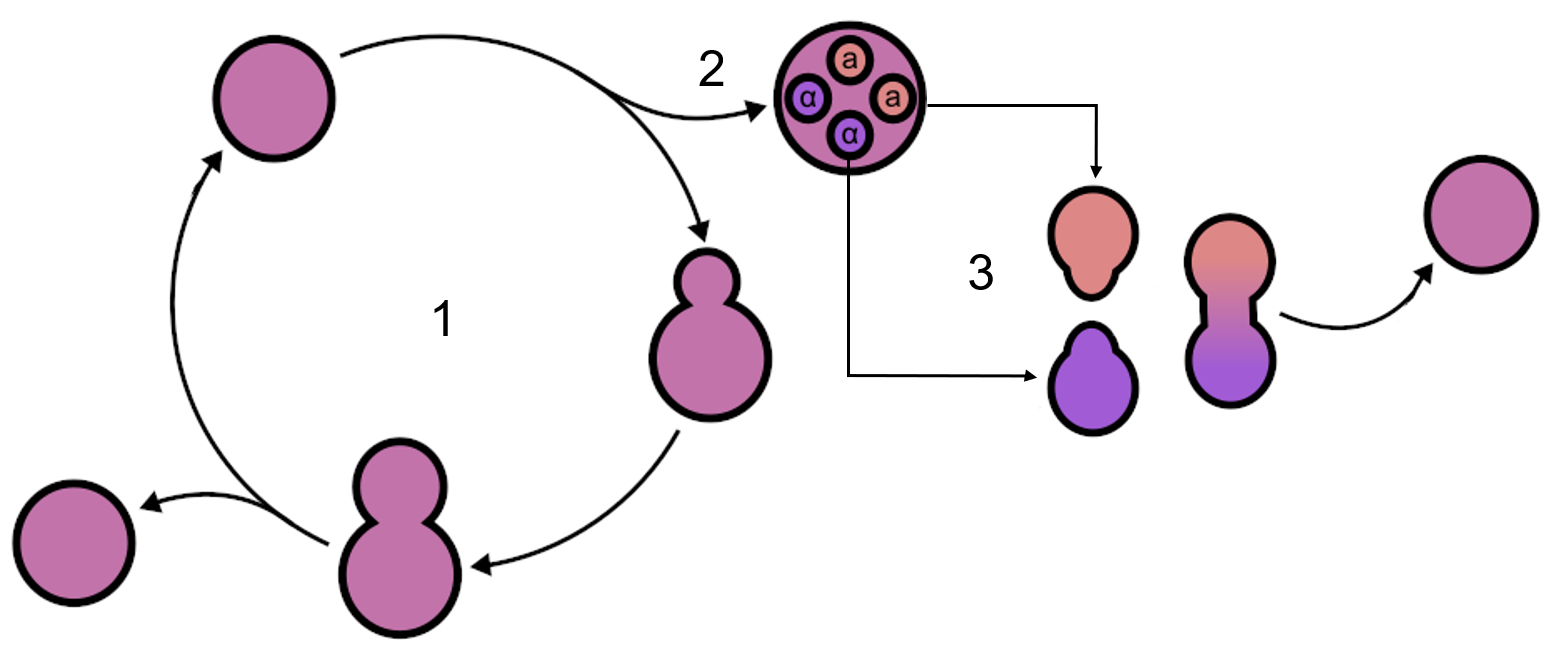Table of Contents
Inquiry Question
How does reproduction ensure the continuity of a species?
Content Descriptor
Explain the mechanisms of reproduction that ensure the continuity of a species, by analysing sexual and asexual methods of reproduction in a variety of organisms, including fungi: budding, spores
Budding in yeasts
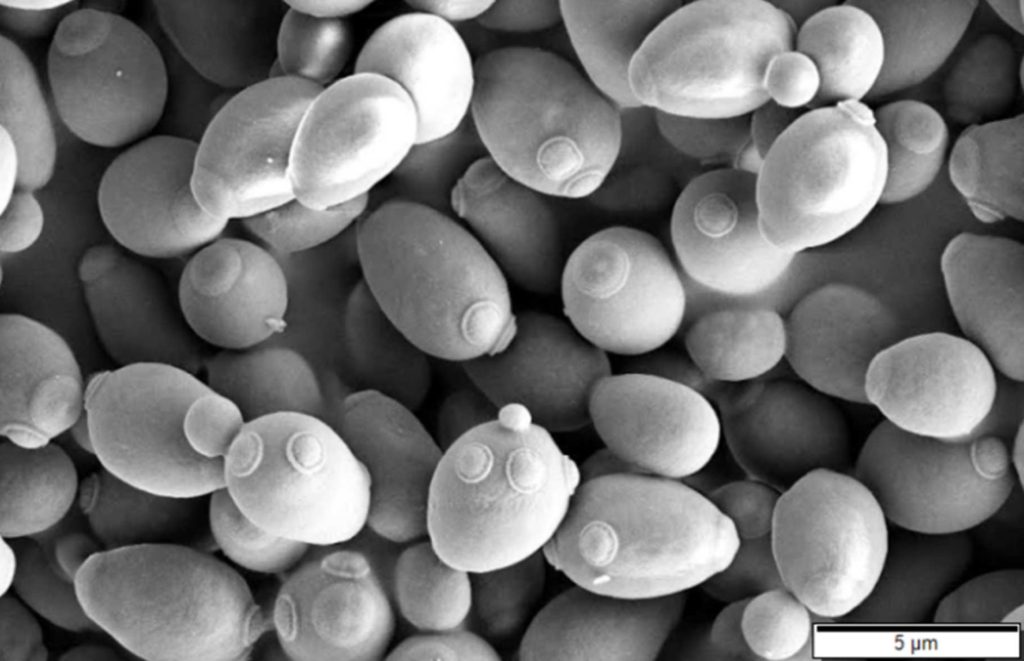
Yeasts are unicellular eukaryotes that belong to the kingdom Fungi. Humans have used yeast in fermentation reactions – to produce bread, beer and wine (hence, they are also called Baker’s yeast or Brewer’s yeast).
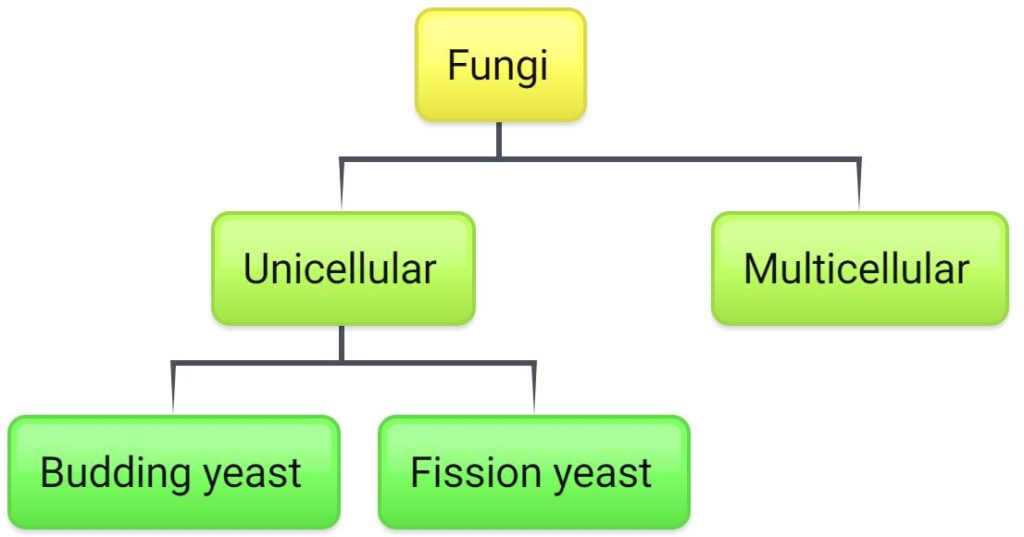
Both budding yeast (Saccharomyces cerevisiae) and fission yeast (Schizosaccharomyces pombe) divide by mitosis. However, budding yeast divide asymmetrically (unequally) to produce one large cell (called the mother cell) and a smaller cell (called the bud). On the other hand, fission yeast produces two similarly-sized daughter cells.
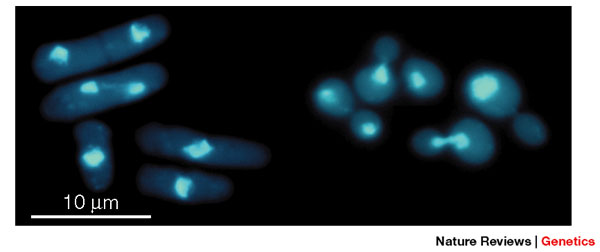
Sporulation in fungi: asexual and sexual reproduction
Both unicellular and multicellular fungi can reproduce by producing spores. This process is called sporulation. Some fungi produce spores when conditions are harsh, for example, nutrient scarcity. When favourable conditions return, the spores will germinate to produce the adult organism.
Sporulation in yeast
When conditions are unfavourable, budding yeast undergoes a type of cell division known as meiosis. During this process, the cell’s genome is altered slightly. Furthermore, four daughter cells are formed – each daughter cell has half the number of chromosomes as the parental cell (haploid) they originated from. Each of the four daughter cells becomes a spore. Spore cells do not grow or undertake normal metabolic activities. When conditions become favourable again, the spores germinate. Two spore cells fuse to form a fertilised cell (this restores the chromosome number). Since sporulation is associated with fertilisation, this type of reproduction is sexual. The mixing of the DNA from the different cells during fertilisation enhances the genetic diversity of the progeny.
Sporulation in multicellular fungi – asexual and sexual cycles
Multicellular fungi often grow by producing hair-like structures called mycelia or hyphae – we see them on mouldy bread.
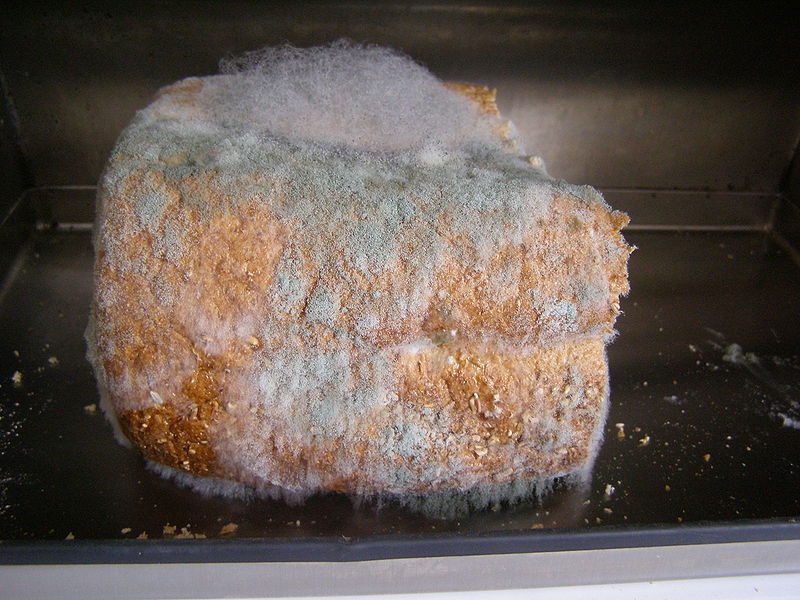
During asexual reproduction, the fungi produce haploid spores. Spores are dispersed by wind and germinate into new mycelia when they land on suitable surfaces. When conditions are not favourable, the fungi undergo sexual reproduction. The cells of adjacent hyphae will fuse. This brings their nuclei together, which then fuse to form the diploid state. The diploid cells then undergo meiosis to produce haploid daughter cells. The haploid cells then become spores to perpetuate the life cycle of the organism.
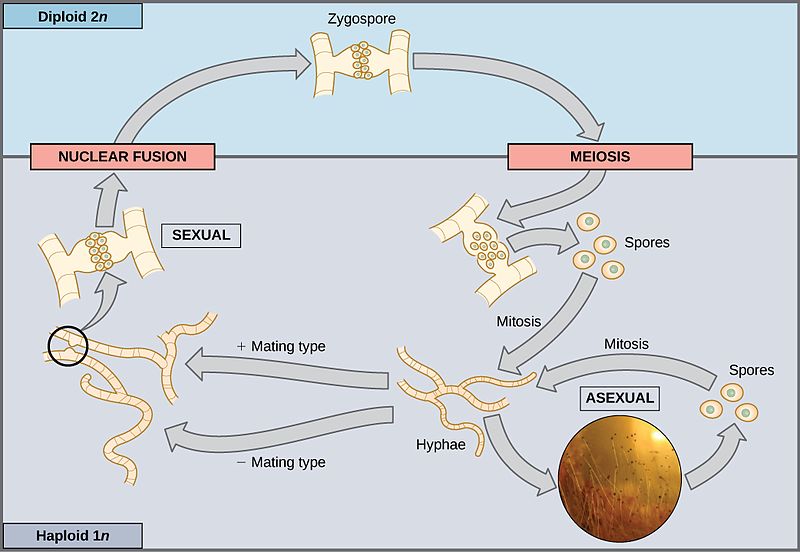
Sporulation in multicellular fungi – sexual reproduction
A group of fungi called basidiomycetes reproduce sexually through sporulation. Basidiomycete is the biological name for mushrooms. Mushrooms are diploid but produce haploid spores. The haploid spores germinate to form new hyphae and mycelia. Diploid cells are formed when two adjacent hyphae fuse.
